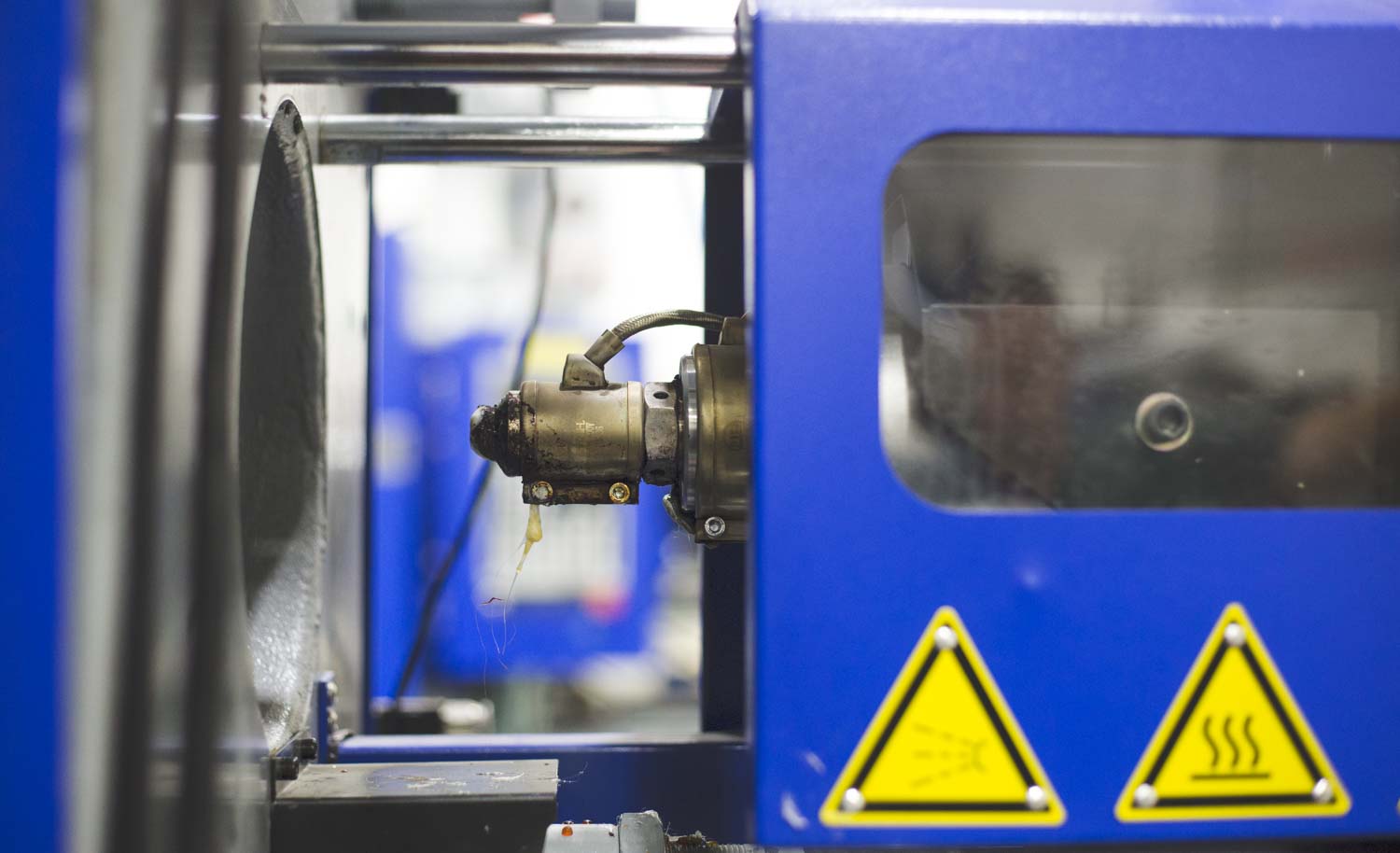Time to read: 5 min
What could be more exciting than the development and launch of a new product?
The rush of the experience – grounded in the hope of unprecedented success. Legendary products like Apple AirPods, which captured 60% of the market in record time and the Apple Watch, which made Apple the world’s biggest watch manufacturer in 2018, inspire countless others to innovate with speed and creativity.
And it’s no wonder. Product innovation is one of the most important ways to stay competitive in a rapidly changing marketplace. But, it doesn’t always pan out when big brands attempt innovation. In fact, according to the late Harvard Business School professor Clayton Christensen, each year 30,000 new consumer products are launched and 95 percent of them fail.

What are the biggest pitfalls? As a serial innovator with more than 500 products under my belt, I believe there are 5 key mistakes that can and should be avoided to stay out of the fail category.
Mistake #1: Believing You’re Ready for Manufacturing When You’re Not
Rush to judgment and failure to do the necessary due diligence is the biggest mistake I see in manufacturing. So many companies are so focused on the delivery timeline and the race to beat the competition to market that they fail to walk through the steps with deliberate focus and commitment. And the biggest issue that enables this artificial goal is failure to communicate across the disciplines of marketing, design, engineering, tool making and manufacturing to ensure all critical processes are aligned and effectively executed. All teams involved, from the designers to the engineers throw products over the fence and say to the manufacturing team: “Build this!”
I can say with conviction – this strategy almost never works.
Mistake #2: Overestimating the Capabilities of the Manufacturer
The relationship between the customer and the manufacturer is vital – and the reasons are clear. If the innovator does not understand the manufacturer’s capabilities and what they can deliver at each point in the cycle – failure is imminent. In my early career, I traveled to factories in China to modify or redesign the tool because I failed to assess the gap in capabilities between the manufacturer in China and our capabilities to support the same project in the US.

Take a tool capability, for example. In the US, you might have the capability to open a vent in a tool or support a new geometry with the most modern machines, software, and tools. In contrast, the tool being leveraged to make the product in China offers neither option. Further, product designs developed before these tool variables were understood can actually break the tool while it’s being used and require expensive and time-consuming repairs. These are just two scenarios that make failure to understand your manufacturer’s capabilities at worst a fatal flaw and at best a costly hit to the timeline. While I have seen the gap narrow in recent years, it is still vital to the process to understand your manufacturers’ capabilities.
Mistake #3: Failed Alignment of the Entire Team to the Product’s Vision and Goals
Every good product starts out with a properly conceived and well-constructed brief that defines the vision and goals for the product. The marketing team understands its goals to properly assess market segmentation, buyer personas and pricing. Design understands that the design must be elegant, functional and well-conceived. They’re also clear that it must support engineering’s constraints and volume manufacturing requirements. But, so often the original alignment is derailed by a small change to a design element that’s executed at one stage in the process that fails to account for the down-level impacts of the change on the subsequent players, such as tool making or automation. So what’s the solution? Hard conversations. I have never seen a brief go to tooling without compromise – especially since each involved party will have its own priorities. Indeed, disruption has the potential to happen at every phase in the process and the only way to keep the snowball from rolling downhill is to have those challenging conversations throughout the process so that when it comes time to manufacture – the changes are vetted and approved at each gate to prevent the need for rework and enable success.
Mistake #4: Product Development by Committee
Product development without strong leadership is an accident waiting to happen. In my experience, it is quite common to see companies attempt to work through a development process with a committee of players from marketing, design, engineering and tool making. They issue calls on the readiness of a product to move through each gate phase without the benefit of a holistic view, and the continuing disconnect sparks the headaches. Companies with strong product development functions leverage a leader with a clear understanding of all the requirements and disciplines so collaboration can be supported across the board. While it is nice to think the teams can play well together, it is far more likely that some won’t align. Driving that awareness and preparing for it with a respected, cross-disciplinary leader at the helm to sign off on all critical gates ensures that success can be achieved.
Mistake #5: All’s Not Well That’s Not Spent Well
Budget considerations are one of the most misunderstood aspects of product development. Have you ever considered the cost of sending teams of 5-10 people to China for 15 days? Between business-class flights, expensive hotels, meals, transfers, and extensions when things don’t go right – the new product introduction process can be a huge drain on the corporate budget. And yet, it has become almost table stakes for big innovators to send entire multi-disciplinary teams to Asia to refine a product and a tool for go live. And it typically happens as many as four or five times per year for a single product.

Often, these costs are not even factored into the overall cost of a product. But, I believe this practice is a shameful waste and totally avoidable regardless. As long as the proper gates and approvals are aligned from the start and the team is fully bought in on the brief, it’s definitely possible to send one to three team members to do the debugging on site in order to avoid massive extra cost. Better yet, powerful digital manufacturing partnerships that drive best practices and support component and product development with skilled “boots on the ground” engineers and gated processes can fill this gap with ease.
Expert resources on the ground at the manufacturing sites have the unique ability to support both the interests of the product developer and the manufacturer – with longer term perspectives in mind for both. When you have a resource that understands the processes and the execution model from both sides – rather than a product team doing a “drive by” and acting in the interests of a single product – the refinements and best practice improvements for both the manufacturer and the client can be tremendous. As an example, through the digital manufacturing partnership, the manufacturer might apply lessons learned from work on a previous product for a different customer, and the client will have the benefit of an advocate who’s worked with the manufacturer in the past and fully understands both capabilities and limitations to avoid issues in the future.
Mistakes happen. But, these five are totally avoidable – particularly with support from modern digital manufacturing partners to ensure a successful end game.










